When you write, "The two equations are identicals..." you seem to be indicating that you think that they are mathematically equivalent.
That is false.
Under the assumptions that all the unknowns are real, Maple can simplify the difference to zero.
Below, I give a counter-example where the two expressions are not equal.
It is bad etiquette here, to provide images of code instead of plaintext code.
restart;
with(VectorCalculus):
r1:=<x1,y1,z1>:
r2:=<x2,y2,z2>:
r3:=<x3,y3,z3>:
A:=r1 &x r2:
B:=r3 &x r2:
theta:=arccos(DotProduct(A,B)/(Norm(A)*Norm(B))):
sintheta1:=Norm(r1 &x r2)/(Norm(r1)*Norm(r2)):
expr1:=factor(sqrt((diff(theta, x1))^2+(diff(theta, y1))^2
+(diff(theta, z1))^2)):
lprint(expr1);
((x2^2+y2^2+z2^2)/(x1^2*y2^2+x1^2*z2^2-2*x1*x2*y1*y2-
2*x1*x2*z1*z2+x2^2*y1^2+x2^2*z1^2+y1^2*z2^2-
2*y1*y2*z1*z2+y2^2*z1^2))^(1/2)
expr2:=1/(Norm(r1)*sintheta1):
lprint(expr2);
(x2^2+y2^2+z2^2)^(1/2)/((y1*z2-y2*z1)^2
+(-x1*z2+x2*z1)^2+(x1*y2-x2*y1)^2)^(1/2)
Now, under the assumptions that all the unknowns are real,
combine(expr2-expr1) assuming real;
0
Now, a counter-example with (some particular) complex values,
simplify(eval(expr2-expr1, [x1=I, x2=1, y1=0, y2=1, z1=0, z2=1]));
(1/2) (1/2)
-I 2 3



